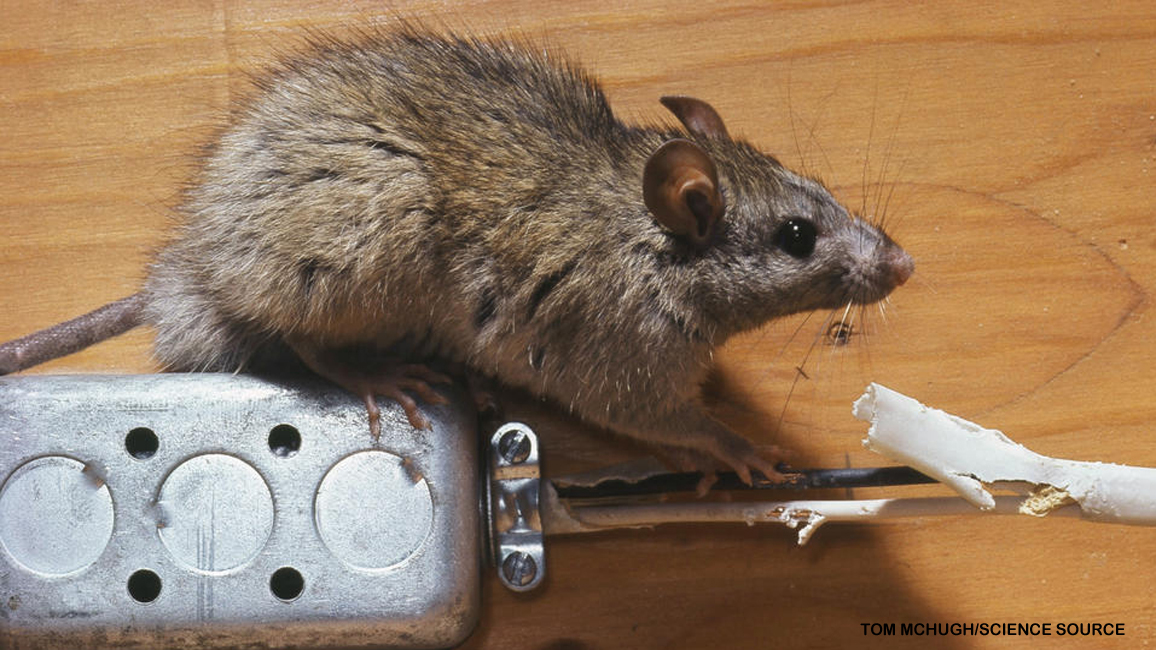
Oh, Rats!
By Hannah SchardtTo most people, they’re creepy pests. To others, they’re cuddly pets. Both can be true. But there’s so much more to rats than that!

You may not spot a rat in the wild very often. But no matter where you are right now, chances are good that one is scurrying somewhere not too far away. That’s because rats are experts at living where people do: in cities, on farms—even on ships at sea.
There are many kinds of rats. But the ones found all over the world—even in your neighborhood—are brown rats (also called Norway rats) and black rats. Other than people, they are among the most widespread mammals in the world!
According to the Chinese calendar, 2020 is the Year of the Rat. What better time to find out what there is to love—or dislike—about the rats that share our cities and towns?
Tap image for a closer view.
True Survivors
Hundreds of years ago, black rats and brown rats lived only in Asia. But as ships started moving people and goods around the globe, rats went along for the ride. Now they live on every continent except Antarctica.
These pocket-sized world travelers are built for survival in all sorts of places. Long, strong, flexible tails help them balance on the narrowest ledges—even powerlines. Rats have excellent senses of hearing and smell (though they can’t see very well). And then there’s their not-so-secret weapon: powerful choppers!
Their sturdy, yellow front teeth grow as much as five inches a year. But as rats chew, they constantly grind their teeth together. That keeps the teeth from getting too long. The outside layer of those front teeth is harder than iron. So rats can gnaw through electrical wiring, wooden doors, and even plastic garbage cans!
Rat Rations
A rat will eat anything you would—plus many things you’d rather not. But rats prefer foods high in protein and fat, such as meat, nuts, and seeds. Those foods help them store fat in their bodies for times when meals may be harder to find.
Though rats eat many different foods, they are pretty picky when it comes to trying something new. If they see other rats eating an unfamiliar food, they may give it a try. But most rats would rather eat foods they already know are tasty and safe. Doesn’t that sound like some kids you know?
You Dirty Rat!
Rats get a bad rap for being grimy and gross. And they do hang out sometimes in sewers and trash cans. But they spend hours each day licking and scrubbing their fur to stay clean and pest-free.
That doesn’t mean you should snuggle up with any old rat you might meet. Wild rats can carry diseases. And some of those diseases can make people very sick. But many other wild animals carry diseases, too, and you don’t go around calling them dirty, do you?

Rat Relations
Look down just about any dark alley, and you’ll see that rats like to live near people. And they often eat “people food” that they find in dumpsters or on the street. But that’s not all that rats and people have in common.
Just ask rat expert Bobby Corrigan. As part of his studies in graduate school, Bobby spent two summers camping out in rat-infested barns. He ate and slept with the rats, and he watched everything they did. Once they got used to him, they went about their ratty ways. Over those months of rat-watching, Bobby learned that rats are smart and thoughtful—as (most) people are.
“When you watch them, you can see them planning and making decisions all the time,” he says. Scientists who study rats’ brains have even found that rats feel regret—as people do—when they make bad decisions.
Bobby also learned that no two rats—like no two people—have the same personality. “You can spot which rats are kind and which are aggressive for no reason,” he says.
There’s another way in which rats are like people: Scientists have found that rats will help each other out, even when they get nothing in return. In lab tests, rats will push a button to give another rat a treat—without being rewarded with treats for themselves!
Aw, Rats!
Still, most people don’t want rats living near them. And there are good reasons for that, as you just learned. But think about it: Rats spread quickly in places where there is plenty of tasty, nutritious food—the kind of food people eat. And they become pests when people leave food—often trash—where they can find it.
So if rats become a problem only when people leave a mess, who are the REAL pests?
VIDEO: WATCH A RAT RUN A TRICKY MAZE!

















